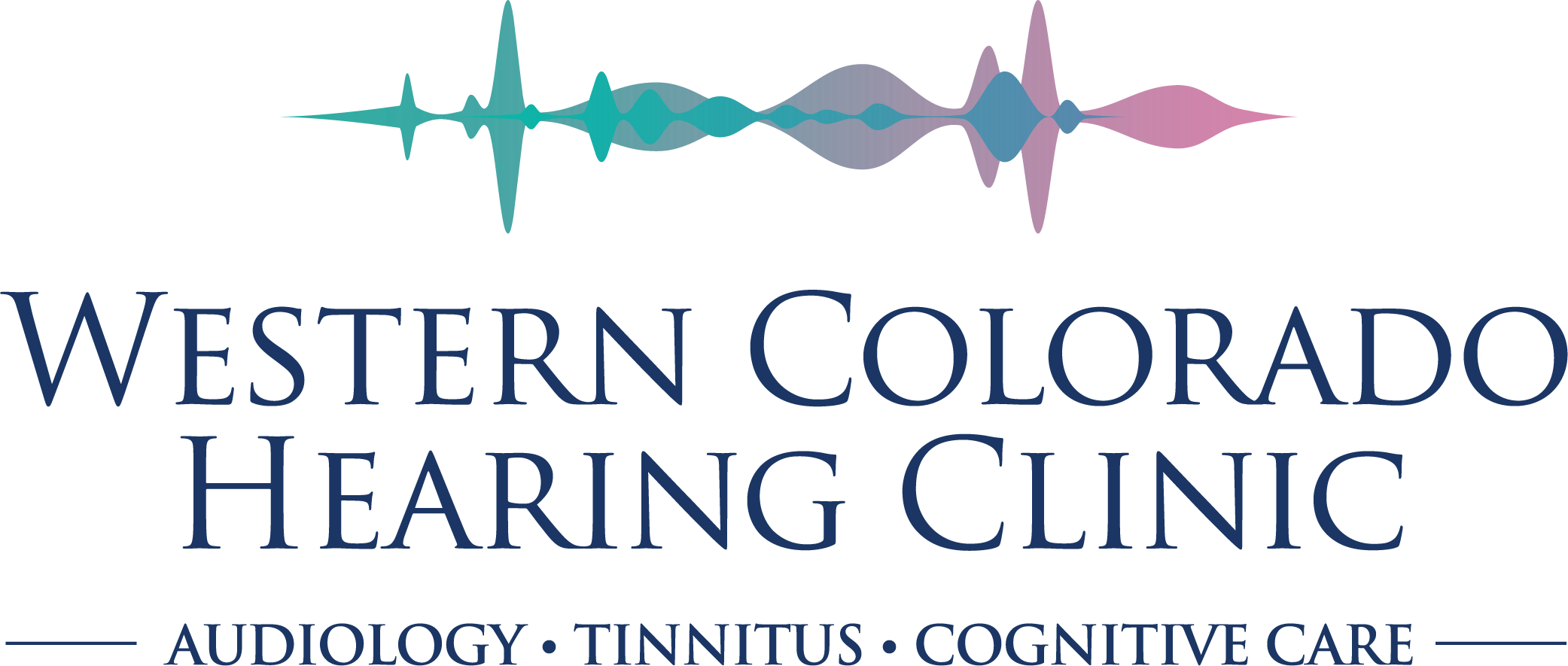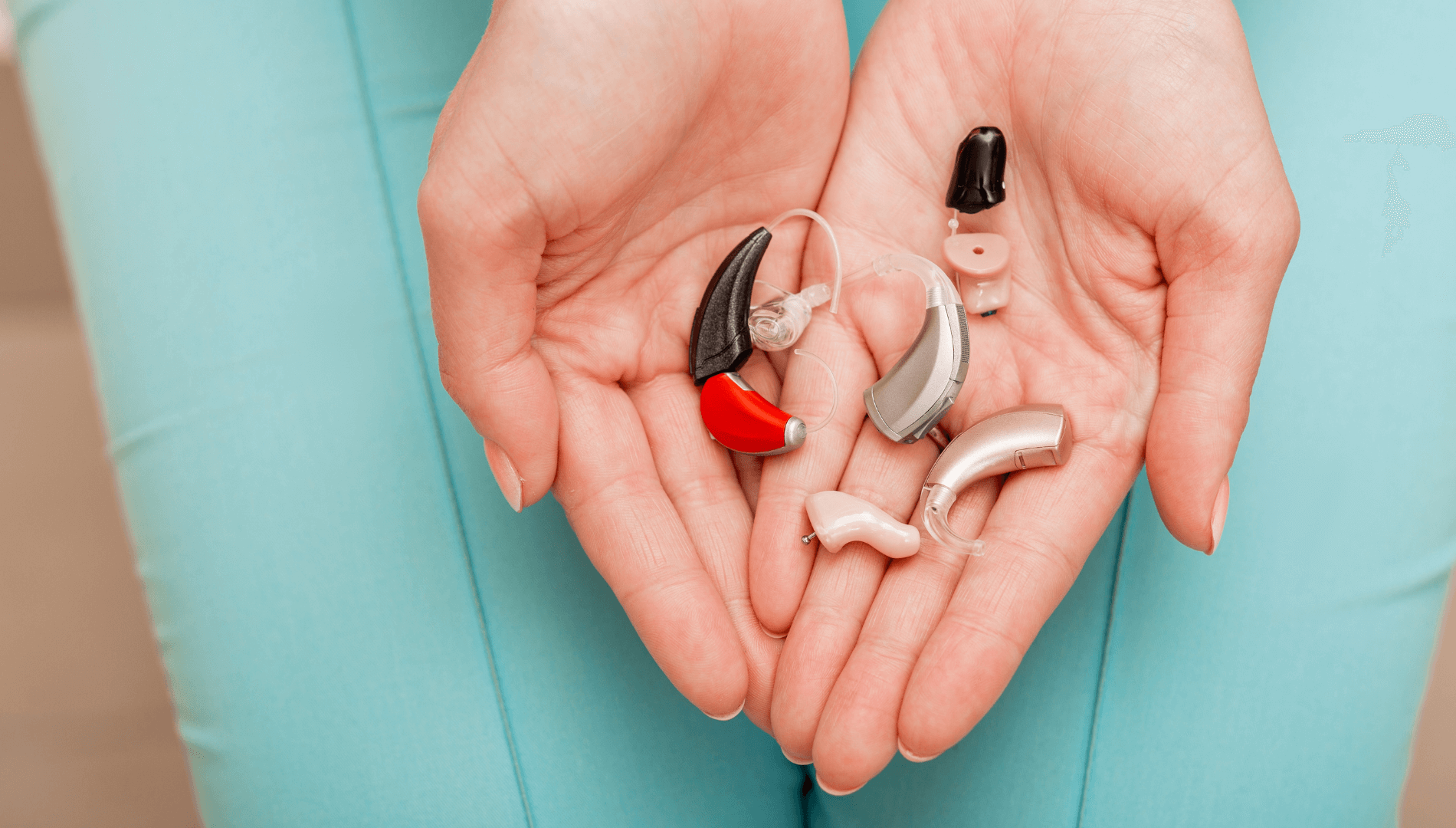We Moved! Visit us at
605 25 Rd, #100, Grand Junction, CO 81505
Driving Tips for Those with Hearing Aids
Return to Blog

Driving Tips for Those with Hearing Aids
Not all hearing aids are created equal. Some are better suited for driving due to their features:
- Directional Microphones: These focus on sounds from a specific direction, such as the front, which is where most important sounds in traffic come from.
- Noise Reduction Technology: Reduces background noise, making it easier to focus on important sounds like sirens or car horns.
- Bluetooth Connectivity: Allows for hands-free phone calls, enhancing safety while driving.
Consulting a hearing health professional can help in selecting the best hearing aids for one’s driving needs.
Routine Maintenance for Optimal Performance
Hearing aids need regular maintenance to function effectively. Here are some upkeep tips:
- Clean Regularly: Ears produce wax, which can clog hearing aids. Regular cleaning ensures they stay functional.
- Check Batteries: Ensure batteries are fully charged or have spares handy.
- Professional Check-ups: Regular visits to a hearing health professional can help prevent potential issues.
A properly maintained hearing aid helps ensure that no important sounds while driving are missed.
Preparing for the Drive
Before hitting the road, ensure everything is in place:
- Comfort Check: Make sure the hearing aids fit comfortably. Discomfort can be a distraction.
- Volume Levels: Adjust the volume to a level where important sounds can be heard without being too loud or causing discomfort.
- Backup Plan: Always carry spare batteries or a charging kit.
These preparations can prevent potential hazards and make the driving experience smoother.
Enhancing Safety on the Road
Once on the road, several strategies can help enhance safety:
- Visual Cues: Utilize mirrors frequently. Rely on visual cues to make up for missed auditory information.
- Minimize Distractions: Avoid using handheld devices. Set up a GPS and music before driving.
- Plan Routes: Familiar routes reduce the cognitive load, making it easier to focus.
Combining visual and auditory information improves one’s overall awareness, ensuring a safer driving experience.
Using Technology to Boost Safety
Modern vehicles come equipped with technology that can greatly assist hearing aid users:
- Blind Spot Monitors: These provide visual alerts when a vehicle is in the blind spot.
- Backup Cameras: Helps for seeing any obstacles behind the car.
- Lane Departure Warnings: Alerts when the vehicle drifts out of the lane.
These technologies, combined with hearing aids, provide comprehensive information about the surroundings, enhancing one’s safety.
Dealing with Emergency Situations
Despite all precautions, emergencies can still happen. Here’s how to handle them:
- Stay Calm: Panic can cloud judgment. Staying calm ensures clear thinking and decision-making.
- Pull Over Safely: If there’s a problem with the hearing aids or any other issue, pull over safely. This prevents potential accidents.
- Use Visual Signals: Keep a sign indicating hearing aid use in the car. In case of an emergency, this can inform first responders of your condition.
Always having an emergency plan ensures quick and effective response, keeping everyone safe.
Conclusion
Driving with hearing aids requires a combination of proper maintenance, preparation, and the right strategies. Choosing the right hearing aids and incorporating modern vehicle technology significantly enhances your safety. By following these tips, anyone with hearing aids can confidently and safely enjoy their travels on the road.



